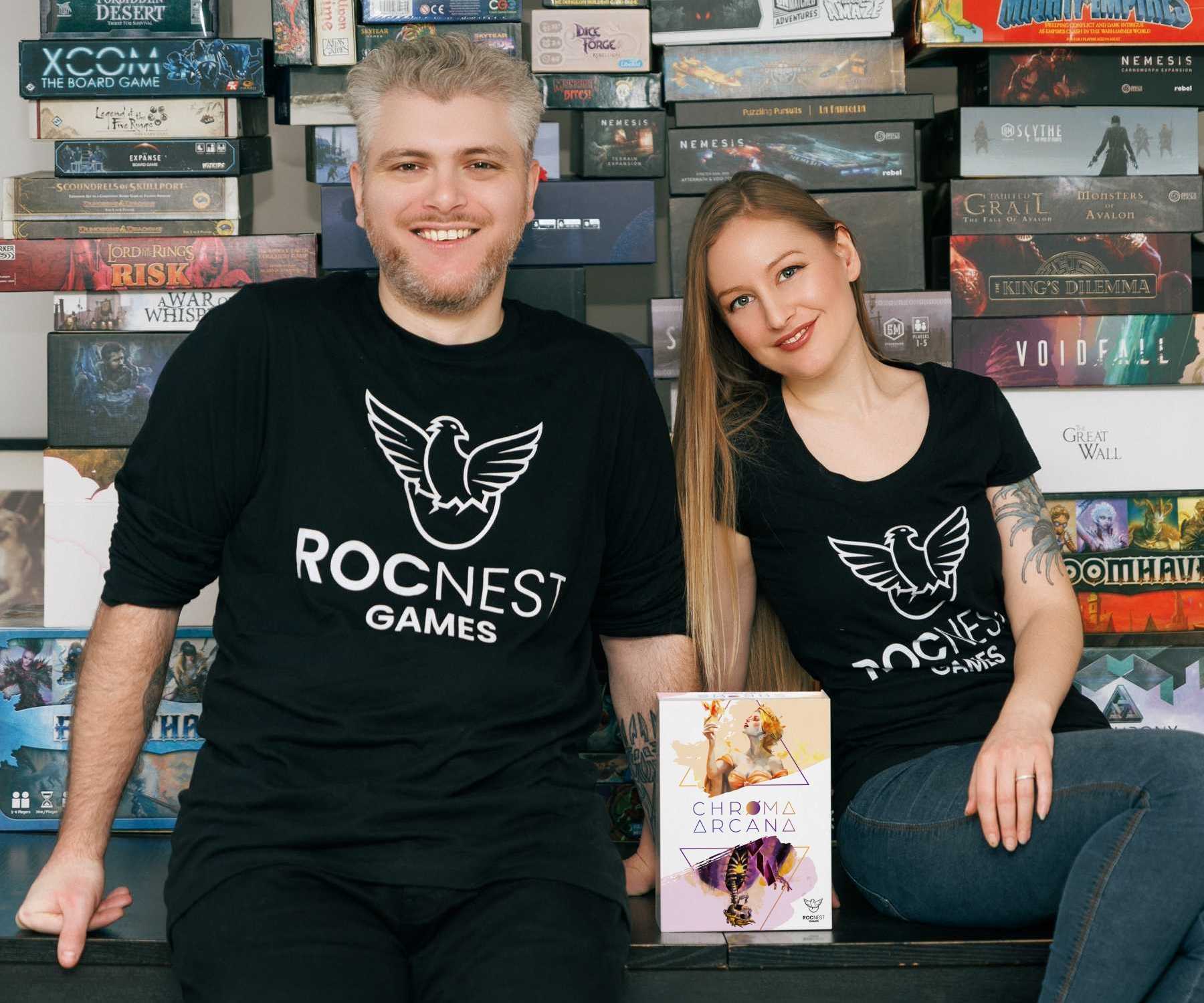
“We felt like we’d made a profit. But we hadn’t. Not really”: Chroma Arcana creator Mo Shawwa on the financial wrinkles behind even a target-smashing crowdfund, and what tariffs mean for his next project
Soaring past the crowdfunding goal for your debut game might seem like a dream scenario for a first-time designer, but the financial realities of even a successful campaign can be far more complex than at first meets the eye. Roc Nest Games founder Mo Shawwa explains the lessons he learned from the Kickstarter success of his first game, Chroma Arcana, last year – and how US tariffs are throwing a further spanner into the financial calculations for creators looking to crowdfund new games.
I’m Mo, a British-Arab board game designer and the founder of Roc Nest Games. Our debut game, Chroma Arcana, is a duelling card game with TCG-style gameplay. It was successfully funded on Kickstarter last year and has just started fulfilling. As we gear up to release our second game, Smallfolk (which launches on Kickstarter this September!), I’ve been reflecting on the lessons learned from our first one.
I started writing this article a while ago, with the intention of talking about the challenges and successes of crowdfunding on Kickstarter. Life got in the way – getting Chroma Arcana through the door took more of my time than I’d anticipated, my business partner (AKA my wife) took some leave of absence, and I welcomed my first child into the world. Now that I’m finally sitting down to write it, there have been some major shake-ups in the industry, leading to a great big tariff-shaped elephant in the room.
But before we dive into that, let’s look at what the Kickstarter actually cost.
The campaign went live February 2024, with a funding goal of £8,000. This was roughly the cost to cover the manufacturing of one print run, but we knew we’d be taking a loss at that number as it didn’t account for art, marketing, or our own time. But being a new creator, we just wanted to get the game made and into people’s hands. To actually break even, we estimated we’d need around £52,000. When we ended at £66,000, we were thrilled. We felt like we’d made a profit.
But we hadn’t. Not really.
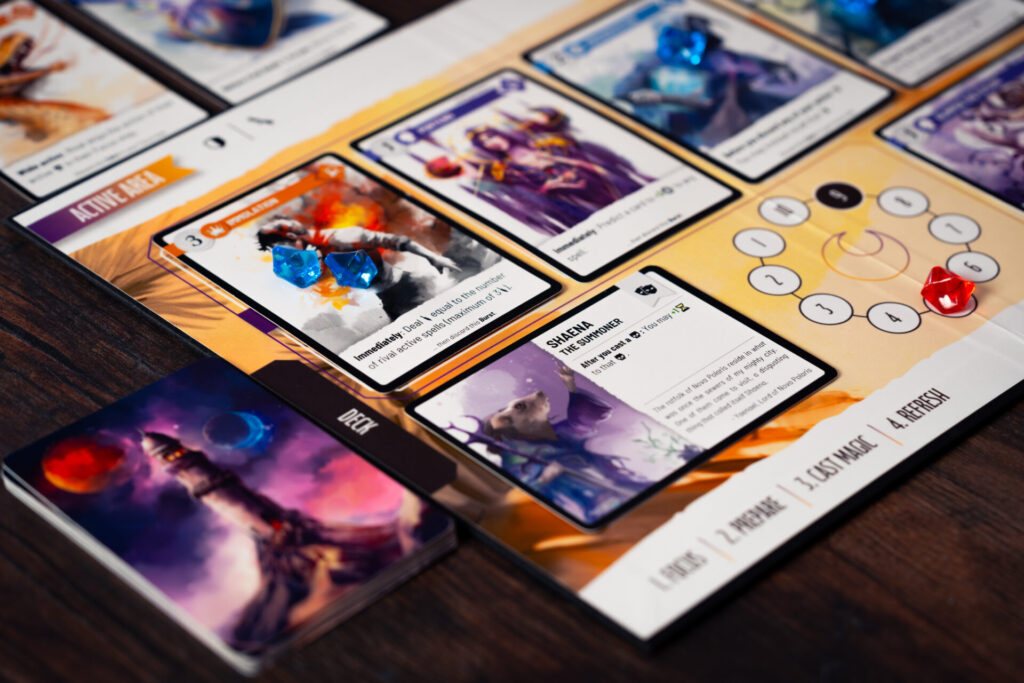
In the board game industry, manufacturing cost (the price of actually paying for a factory to make the games) tends to be about 12-20% of the retail cost of the game. Many backers expect games on Kickstarter to be priced cheaper than retail, even though the manufacturing costs the same. Kickstarter, BackerKit (the pledge manager we used) and Stripe (the payment provider that most platforms use) all want a percentage of each sale, which comes to about 15-20% in total (this differs depending on which country you’re in). The marketing agency we used during the live campaign took 15% commission on each sale they made on top of the actual ad spend (which was already quite high). Our fulfilment partner also wanted a decent chunk, though they would theoretically be saving us a bit money by optimising our shipping plan.
After all these percentages were taken off, we were making very little money for each copy sold. Factor in the artwork costs (if you’ve played Chroma Arcana, you can probably tell that we spent a lot of money on artwork) and we’d barely broken even. That said, breaking even on a first-time campaign is a huge success. Many creators lose money on their first two or three projects. We’re proud we delivered a great product and didn’t end in the red.
A few things which went well:
- We did some market research and found that many people don’t like to see content locked behind stretch goals, so we limited stretch goals to actual component upgrades and a few extras. Linen cards, foil printed box, etc.
- For all its fees, we got a lot of traffic from Kickstarter that we don’t think we would’ve gotten if we had used a different platform. Things might be different in the future, but as I write this, Kickstarter is still arguably the best for discoverability. We were featured both in ‘Projects We Love’ and on the Kickstarter homepage.
- Facebook ads were our bread and butter for advertising. Organic advertising (such as conventions, events) often yields higher conversion rates (that is, more people buying the game at Kickstarter), but it just can’t beat the sheer audience size of Facebook.
- We let the game speak for itself. We made it free to play on Screentop, invited people to our Discord server to play it with us, and sent copies out to loads of previewers. We did our best to say “Hey, this game is real, and it’s great”.
What didn’t go well:
- We overwhelmed people with too many reward tiers, making it harder for backers to decide what they wanted.
- Reddit ads. We ran £500 of ads and the quantifiable return was zero. Maybe our ad strategy wasn’t well-suited to the platform, or maybe Reddit users just don’t respond well to being advertised to.
- Google ads. We ran £800 of ads (taking advantage of a deal Google had) and this also didn’t do much for our campaign. We know now that Google is better for selling ready-to-buy games, not crowdfunding.
- Though we were collecting email sign-ups for a while, we didn’t set up the Kickstarter page until a few months before the launch. This meant that we didn’t get many people following the campaign, and that might’ve lowered our conversion rate.
For future campaigns, we’ve learned from our mistakes and will be simplifying our reward tiers as much as possible – one budget-friendly tier, one ‘deluxe’ tier, and maybe a tier with something special in it. For adverts, we’ll stick to Facebook ads as they have a much better return. We set up the Kickstarter page for Smallfolk much sooner, and now have more than 4,300 followers.
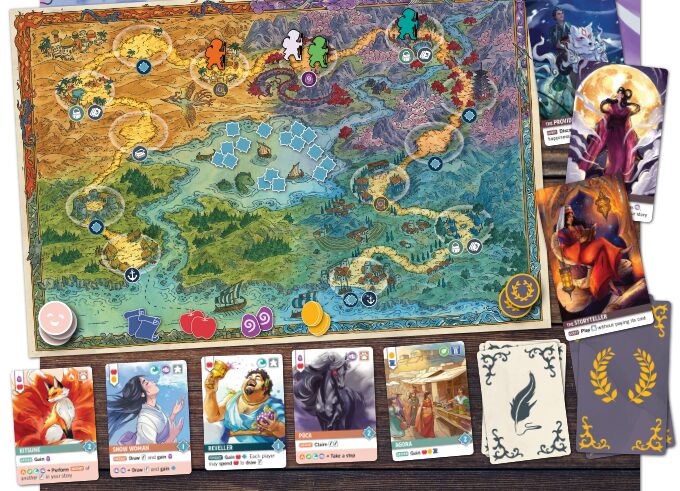
We’re also being more aware of our budget. With Chroma Arcana, we underestimated how many ‘invisible’ costs would creep in – random extras like prototype samples, and buying commercial licenses for fonts.
We thought we had jumped the last hurdle. We had managed to stay sane through the month-long campaign, we’d done the back-and-forth with the manufacturer and finally approved the final prototype, and mass production was finally underway as the boats prepared to pick up the copies to ship around the world. I wasn’t expecting that a trade war would nearly derail everything.
Just in case you’ve not been watching the news (or are reading this in the far future after everyone’s forgotten about it), the US government implemented a series of tariffs on imports from China earlier this year. It started at 20%, then in the space of a month it went up to 54%, then 84%, then 104%, and then peaked in April at a whopping 145%. This percentage is of manufacturing cost, so if the game costs £5 per copy to make, then the importer (publishers, in the case of Kickstarter campaigns) would need to pay an extra £7.25 for each copy entering the US at the 145% tariff rate.
As you can imagine, this was a surprise which put a lot of pressure on small publishers. And no, publishers can’t all switch to manufacturing in the US (it’s far too expensive and the US doesn’t have the infrastructure that China does for manufacturing board games). The suddenness of the changes meant that people didn’t have time to react to the unexpected bill.
For us, with Chroma Arcana almost ready to load onto boats, this was a nightmare scenario. This tariff bill would’ve been around £15,000. We had three options: ask the US backers to pay a surprise $10 to get their games; eat the £15k loss out of our own pockets (if you remember, we barely broke even); or a mix of the two and subsidise some of the tariff cost.
We had decided to do the latter, and had just announced our decision to backers when a new surprise entered play. A large portion of the tariffs had been paused for 90 days! They dropped down from 145% to 30%, and, as of writing this, have stayed stable. It’s still an unfortunate bill, but it’s much more manageable than 145%. We currently plan to absorb the costs ourselves, and with any luck, we’ll have no more surprises while Chroma Arcana makes its way across the water.
However, even if the tariffs stay stable, the board game industry will be reeling from this for a long time. Trust will be eroded when it comes to the viability of the US board game market. Many campaigns that should be doing well right now are struggling as people in the US are more reluctant to back board games on Kickstarter. Publishers and consumers alike are fearful of extra surprise costs springing up again. Shipping costs will probably be higher for a while as people scramble to get delayed shipments across the water.
How has this changed our approach for our upcoming Kickstarter in September, Smallfolk? For a start, we’re advertising less in the US and instead focusing more on Europe. We’re hoping the tariffs stay stable (or maybe even go away altogether!), but we’re expecting to have a much tougher time funding. Some platforms, like BackerKit and Gamefound, have already implemented ways of charging tariffs to customers, so we’ll potentially utilise this if we need to, to add the tariffs to US orders in a similar way to how VAT is added for UK customers.
Keep your fingers crossed for us, and if you’re interested in seeing how it all pans out, go give the Smallfolk Kickstarter page a follow!



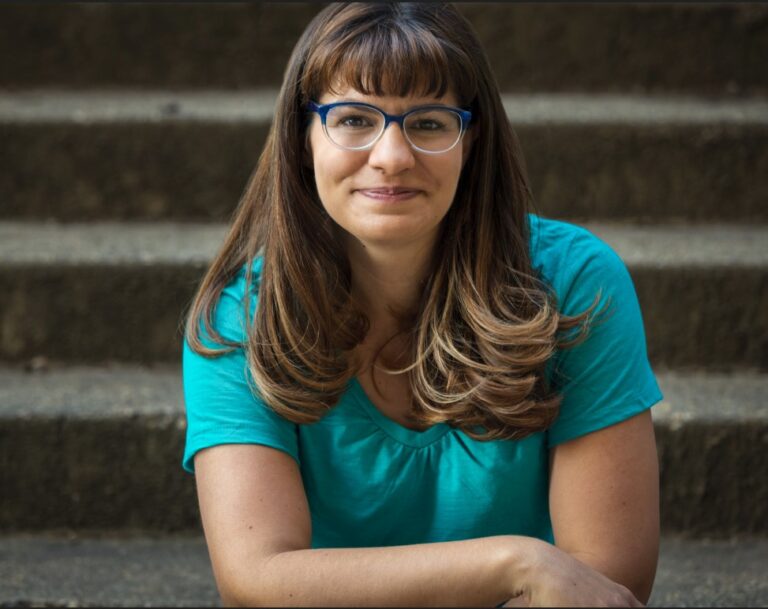
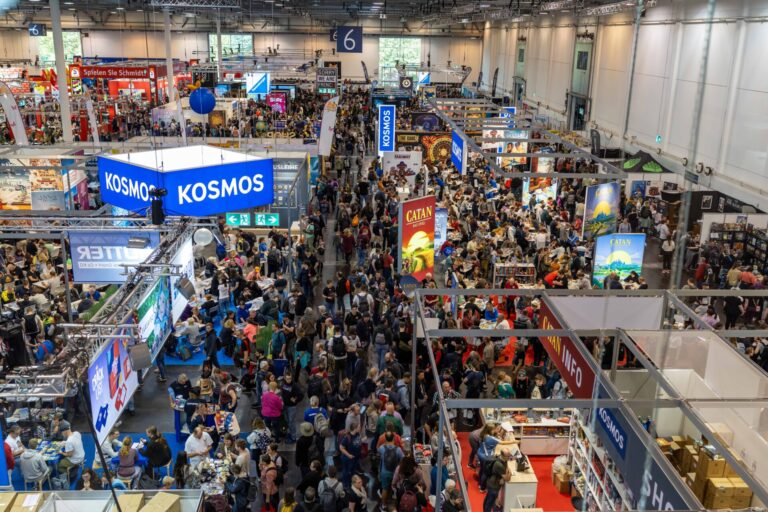

It’s called a wrench. :-p